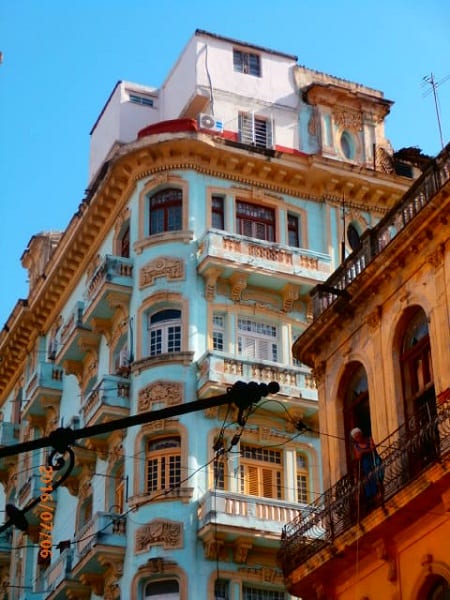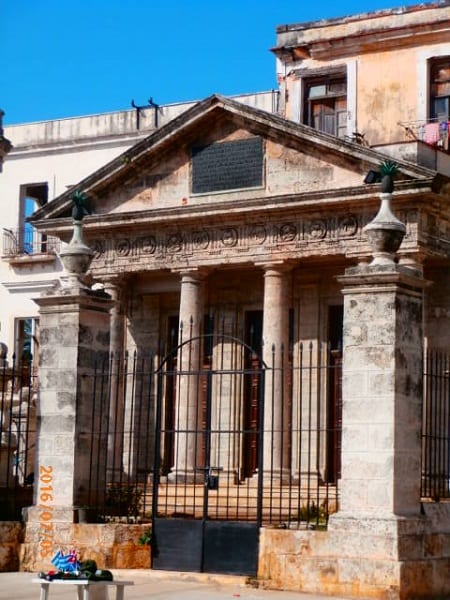Havana, Architecture and Urbanism
Photo Feature by Ariel Glaria Enriquez

HAVANA TIMES — The visual impact of the magnificent fortifications built in Havana up until the 18th Century, don’t take away from the more powerful image we have of the overwhelming eclecticism of entire blocks in Old and Central Havana, packed with old buildings, where even a stone put up today looks like it’s about 100 years old.
The presence of classical styles which imposed themselves from the 19th Century onward, resulting from the need to renew the city’s prevailing 16th century architecture, began a cycle of academic projects which would last an entire century.
Going against what was being built, at the same time, in the main cities of the USA and new works of architecture in the new Latin American republics was carried out, under orders from the Spanish, which would go on to define, and making it different from all the others, the later image we have of Havana.
New squares and avenues were opened; the order for building ordinances where the closed design of blocks and creating continuous walkways were outlined, revealing how important pedestrians were at the time. These are just some of the elements that went on to define the republic’s more cosmopolitan personality in the new century.
If at the turn of the 20th century we already had the works which would inspire new projects, modern construction materials – cement and reinforced concrete- sped up the building processes that different architecture schools were proposing in Havana, the most eclectic city of all the American cities.

Nevertheless, when the US became the new political and economic model, classical models inherited from colonial architecture, which were founded on modern schools in European cities such as Barcelona and Paris, became more diversified in style with the formal plans established in the more modern republic.
Neocolonial, Neoclassical, Art Nouveau or Catalan Modernism* styles were mixed together to create the Eclectic. These were the styles that expert builders, master builders and architects were able to show off their talent and creativity.
The building fever which, backed up by the boom in the sugar and tobacco industries, burst and was channeled up until the 20th century in the hope of transforming Havana into the Caribbean’s City of Light.
The Paseo del Prado, under the shady foliage of bay trees and the light from its streetlights scattered upon the polished granite floor is a clear allusion to turn-of-the-century Paris and its Impressionism. The ideals of a century remain in its feats. The consequences of the 1929 financial crisis shook the calm of academia, in architecture buildings became taller while avenues were redesigned so that they could accommodate faster and faster cars. Another era began.
*Short-lived Art Nouveau or Catalan Modernism inspired the Eclecticism style and its decorative features.
Click on the thumbnails below to view all the photos in this gallery. On your PC or laptop, you can use the directional arrows on the keyboard to move within the gallery. On cell phones use the keys on the screen.






























All the buildings shown pre-date the revolution and reflect what Cuba once was. Similarly, the UNESCO site of Trinidad de Cuba established in 1514, reflects a bygone era with its colonial architecture and cobbled streets.
Cubans have much reason to be proud of that heritage. Hopefully in the future, the eyesores built during the Soviet era in places like Alamar, will be removed and replaced with good architecture embracing the culture and history of Cuba.
Very cool indeed, gracias!
Thank you for the beautiful photographs.